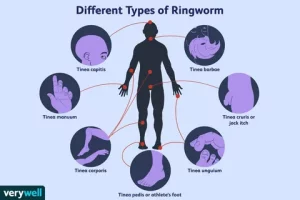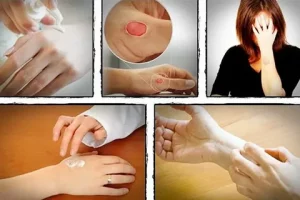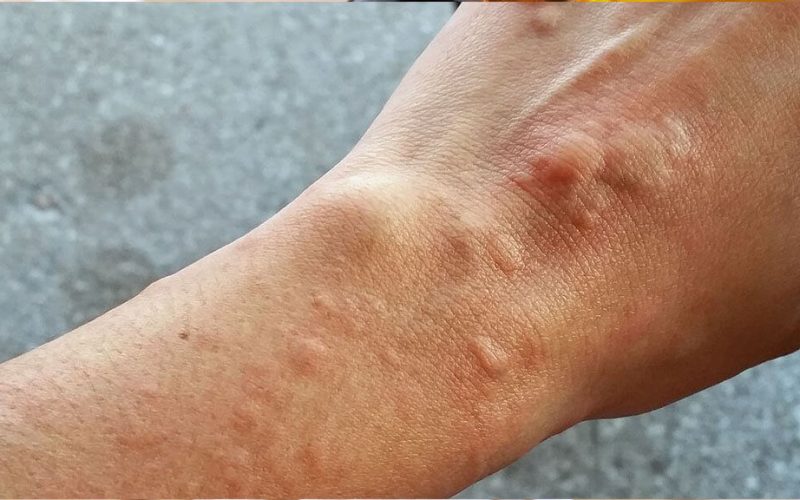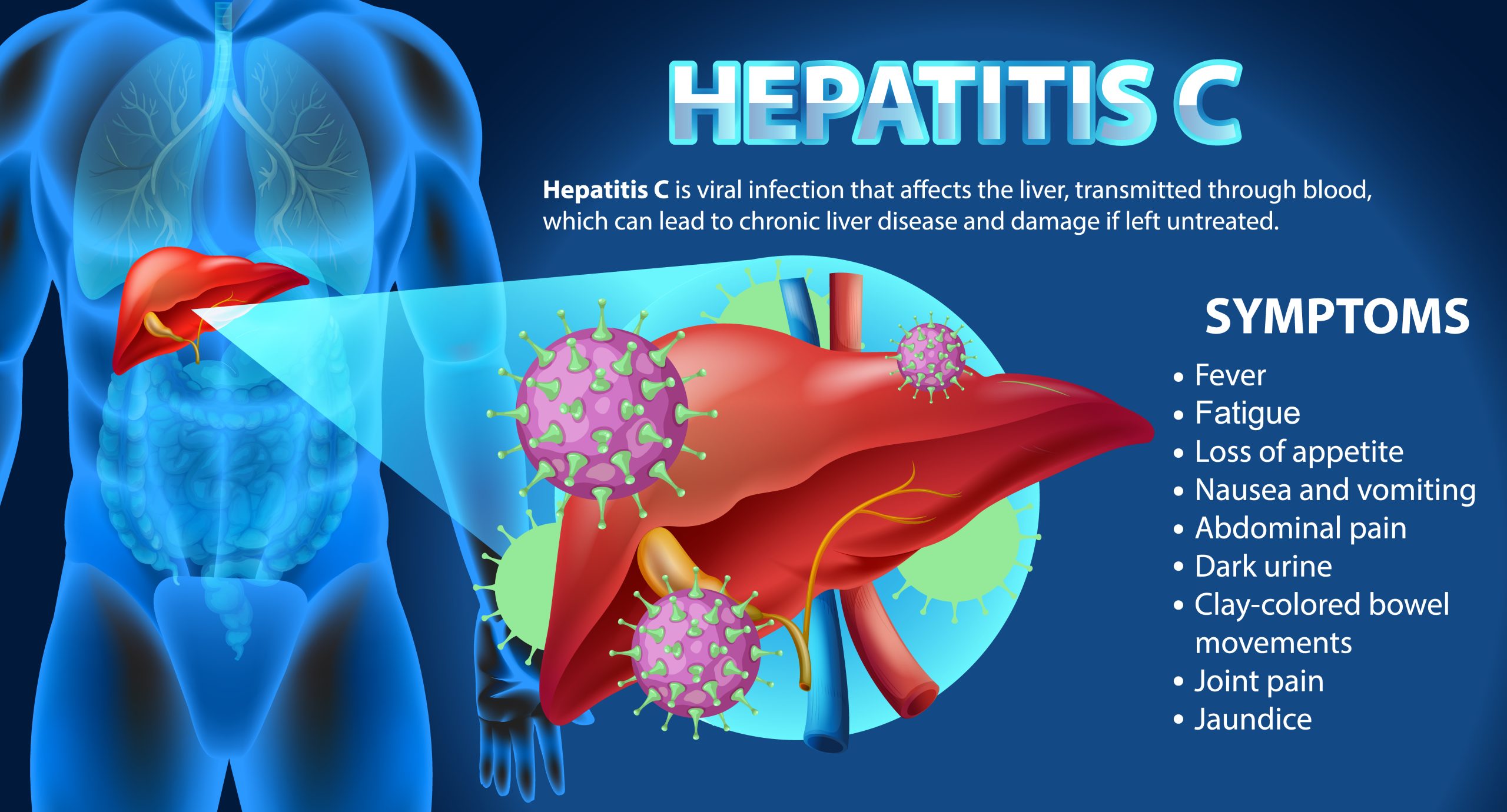Introduction
Ringworm, despite its name, is not caused by a worm but rather a fungal infection that affects the skin, scalp, or nails. It’s a common condition that can cause discomfort and embarrassment, but with proper understanding and treatment, it can be effectively managed. In this comprehensive guide, we’ll delve into the essential facts about ringworm, its causes, symptoms, and most importantly, the action steps you can take to treat and prevent it.
Understanding Ringworm
What is Ringworm?
Ringworm, medically known as dermatophytosis, is a contagious fungal infection that can affect the skin, scalp, and nails. Despite its name, it has nothing to do with worms. The term “ringworm” comes from the characteristic red, ring-shaped rash that often appears on the skin.
Types of Ringworm
- Tinea Corporis: This type affects the body and presents as red, scaly patches or rings on the skin.
- Tinea Capitis: Commonly known as scalp ringworm, it affects the scalp and hair follicles, leading to hair loss and scaly patches.
- Tinea Cruris: Also known as jock itch, it affects the groin area, causing itching, redness, and rash.
- Tinea Pedis: Popularly known as athlete’s foot, it affects the feet, particularly between the toes, causing itching, burning, and cracked skin.
- Tinea Unguium: This type affects the nails, causing them to become thick, discolored, and brittle.

Causes of Ringworm
Ringworm is caused by various fungi known as dermatophytes. These fungi thrive in warm, moist environments and can spread through direct contact with an infected person or animal, or by touching contaminated surfaces such as towels, clothing, or floors in shared spaces like locker rooms or swimming pools.
Signs and Symptoms
Common Symptoms
- Red, itchy, and scaly skin
- Ring-shaped rash with raised edges
- Hair loss (in cases of scalp ringworm)
- Cracked, discolored, or brittle nails (in cases of nail ringworm)

Diagnosis
Diagnosing ringworm usually involves a visual examination of the affected area by a healthcare professional. In some cases, they may take a skin scraping or culture to confirm the presence of fungi.
Treatment and Prevention
Treatment Options
- Topical Antifungal Creams: Over-the-counter antifungal creams like clotrimazole or terbinafine can effectively treat mild cases of ringworm.
- Prescription Medications: For more severe or persistent cases, prescription-strength antifungal medications may be necessary, either in oral form or as topical treatments.
- Antifungal Shampoos: In cases of scalp ringworm, medicated shampoos containing ketoconazole or selenium sulfide can help eliminate the fungus. Explore More About (Heat Rash)

Preventive Measures
- Maintain Good Hygiene: Regularly wash your hands and body with soap and water, especially after participating in activities that may expose you to the fungus.
- Keep Skin Dry and Clean: Avoid wearing tight-fitting clothing and keep your skin dry, particularly in areas prone to sweating.
- Avoid Sharing Personal Items: Refrain from sharing towels, clothing, or other personal items with individuals who have ringworm.
- Disinfect Contaminated Surfaces: Regularly clean and disinfect surfaces in shared spaces, such as locker rooms or gym equipment.
When to Seek Medical Attention
While most cases of ringworm can be effectively treated at home, it’s essential to consult a healthcare professional if:
- The rash is severe, widespread, or does not improve with over-the-counter treatments.
- You have a weakened immune system due to conditions like HIV/AIDS or diabetes.
- The infection affects the scalp or nails, as these may require prescription-strength medications for treatment.
Conclusion
Ringworm is a common fungal infection that can affect the skin, scalp, or nails, causing discomfort and embarrassment. However, with proper understanding and treatment, it can be effectively managed. By following good hygiene practices, using appropriate medications, and taking preventive measures, you can reduce your risk of developing ringworm and ensure prompt treatment if it occurs.
Remember, if you suspect you have ringworm or are experiencing persistent symptoms, it’s essential to consult a healthcare professional for proper diagnosis and treatment.










